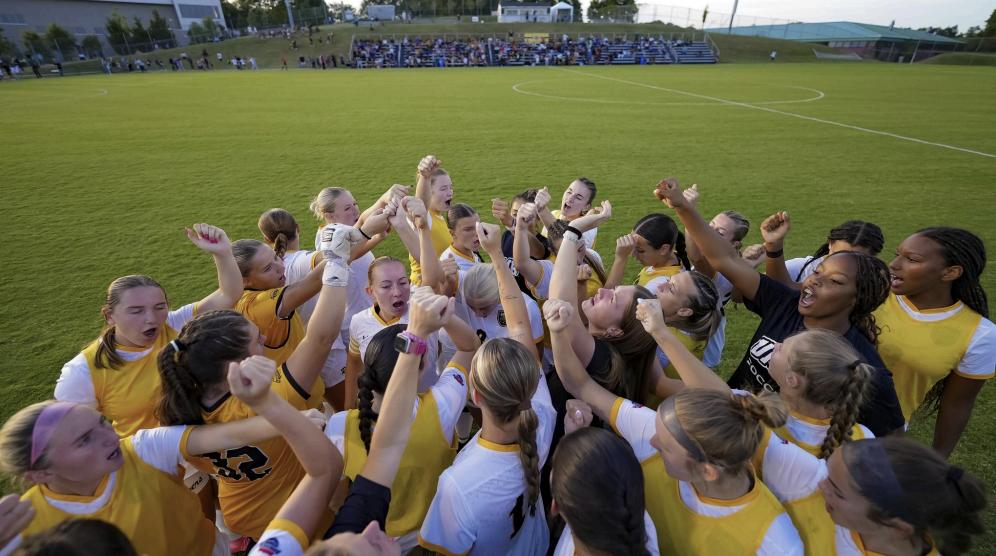According to the 2020 United States census, the state of Maryland is now 53% non-white, up from 45% in 2010. The Black population remains unchanged at 29%, while the fraction of Hispanic, Asian and multiracial residents has increased. Based on Fall 2020 enrollment data at the University of Maryland, Baltimore County, 52% of the student body identified as a racial minority, making it the most diverse student population to date.
Dr. Yvette Mozie-Ross, Vice Provost for Enrollment Management and Planning at UMBC, finds significance in how Maryland’s demographics are reflected in UMBC’s student population because it signals the university’s investment in the future.
“We see ourselves as meeting workforce needs and building the next generation of scientists and educators,” she said.
Joshua Michael, UMBC’s Director of Baltimore School Partnerships, said that along with demographic composition, it is important to consider how campus voices and values influence the culture of its surroundings.
“By reflecting the diversity of its community, a university is poised to meaningfully pursue social justice through teaching, research and service that not only impacts students on campus but also those in the community,” he continued.
In Fall 2020, the majority of in-state students came from Montgomery, Howard and Baltimore counties, in that order. Far fewer (764) came from Baltimore City, a point which the university was criticized for after the Baltimore uprisings several years before in 2015. Mozie-Ross explained that UMBC is “well positioned” to address this issue, citing the Sherman Scholars and Meyerhoff Scholars programs.
“We are trying to build a strong presence in Baltimore City Public Schools by building future educators that will enter those school systems…students look up to their teachers,” she said.
Michael, who works with the Sherman Scholars, also cited the Upward Bound programs at UMBC, the UMBC-Lakeland Elementary partnership and the Sherman Center for Early Learning in Urban Communities as examples of engagement with Baltimore schools and communities. Furthermore, he also emphasized the importance of a long-term commitment to student success.
“When we think about college opportunities, we want to not only get “to” but also “through” college,” said Michael.
Mozie-Ross discussed UMBC’s status as both a public university and a Minority Serving Institution to emphasize that everyone deserves a quality education, and access to such education.
“If we are going to solve the problems of our communities, we need to make sure the people in those roles represent their communities,” she explained.
The term, “Minority Serving Institution”, Mozie-Ross explained is a middle ground between Historically Black Colleges and Institutions and Traditionally White Institutions. Although UMBC was only relatively recently designated an MSI, she argued it formalizes traditions that the university has maintained since 1966.
“We are different from other public institutions,” she continued. “Since 1966, we have been open to students from diverse backgrounds.”
Demographics have shifted throughout the country, and public policies are addressing equity-related issues such as affordability and access. Mozie-Ross drew on UMBC’s self-designation as a “historically diverse institution” to explain how it will remain committed to student diversity as the nation enters this new era.
“If we don’t recruit a diverse student body, UMBC can’t sustain itself in the future,” she said. “We see more first generation and minorities, and it is imperative that UMBC be able to attract those students.”
To view the full 2020 census, visit census.gov.
